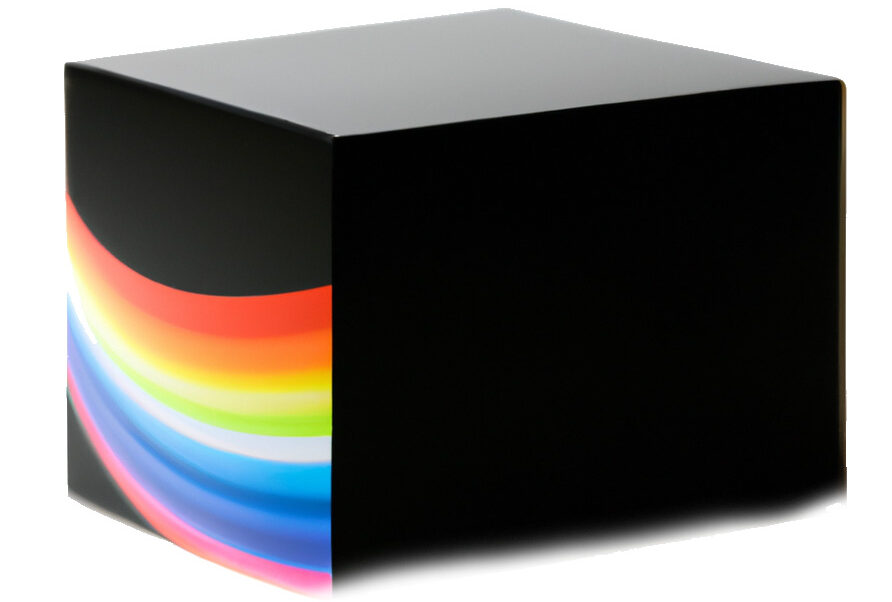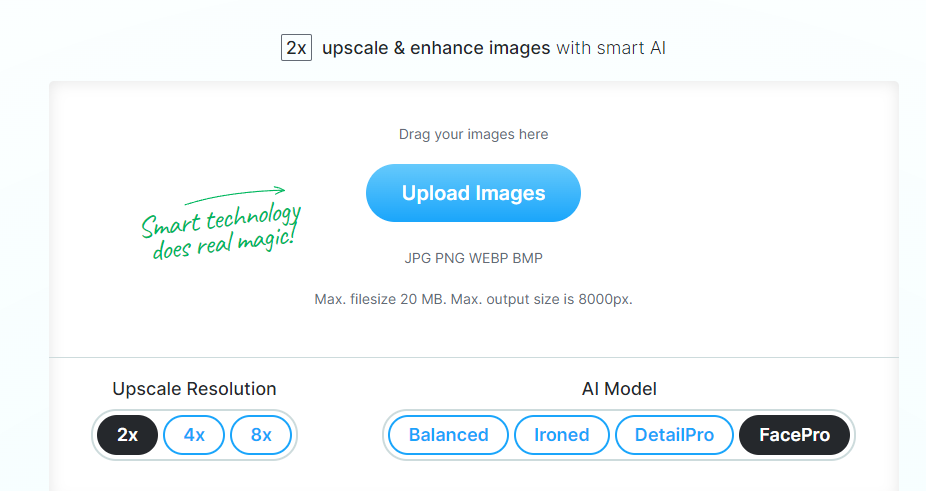If you’re considering creating content using OpenAI’s DALL-E platform, you may wonder how big the images the DALL-E produces will be. Are they large enough to print out or large enough to use as a high-resolution image on a website?
The images generated by DALL-E are 1024 x 1024 pixels. That’s equivalent to about a one-megapixel image.
That’s not a very large image based on today’s imaging standards. Even a rudimentary cell phone can take photos that are 12 megapixels or larger. The best digital cameras out there at the moment can take pictures that are 50 or more megapixels.
That said, there’s a simple way to change the size of your DALL-E images, making them large enough to print out or to use on websites designed for higher-resolution screens.
To enlarge DALL-E images 600% or more, we recommend Topaz Gigapixel AI.
Use AI to upscale your photos 600% or more without a loss of quality. Also includes tools to refine faces, remove noise, and sharpen images.
- Best in class upscaling, 600%+ enlargement
- Batch processing for large collections
- Fixes faces and sharpens images
- More expensive than basic online upscaling software
Why are DALL-E Images So Small?
As we covered in a previous article, AI image generators like DALL-E create images using a complex technique. They begin with what’s essentially static and then digitally chip away at it until they end up with an image that approximates the prompt that a prompt engineer or synthographer gave to the system.
The more pixels they need to generate, the longer this process takes. In turn, that increases the computer time needed to generate an image, and increases its cost.
Training the system to create bigger images is also more computationally expensive. For that reason, the creators of systems like DALL-E have to choose a “Goldilocks” size for the images; big enough for people to use, but small enough that their models can be trained quickly and can produce images quickly and at a reasonable cost.
OpenAI seems to have chosen 1024 pixels because it’s a common size used on the web. Where 640 pixel images used to be the standard for an acceptably sized image on the Internet, 1024 pixels is now a common standard.
DALL-E probably builds on that, creating images that just barely meet the acceptable standard for a web image today.
Issues with DALL-E’s image size
The challenge is that, while DALL-E images are acceptable for the web, they usually need to be higher resolution for a print. And for some modern websites, even a 1024-pixel image isn’t enough.
Today’s cell phone screens use increasingly higher resolutions. They can display images at a much higher pixel density. Using small images means a lower quality on these screens.
Certain gatekeepers of the modern Internet also require larger images. Google’s Discover platform, for example, requires images that are at least 1200 pixels wide. By default, the images created by DALL-E do not meet that standard.
Increasing the size of your DALL-E images.
Luckily, there’s an easy way to increase the size of your DALL-E images. AI upscaling is another AI-driven technology that has exploded in the last few years. It’s able to intelligently add pixels to images, increasing their size by a factor of four times or more without a major loss of quality.
The simplest upscaling tool is Upscaler from StockPhotos.com We worked out a deal where our readers get 10 free images, and after that, they charge about $.35 per upscaled image.
Upscaler uses neural networks to increase the size of images four times or more. That means that your DALL-E images will be about 4000 pixels wide after using the service.
A more advanced option is Topaz AI. This is desktop software that’s the top-of-the-line option for upscaling images. The downside, though, it’s pricey. Topaz usually costs about $150, at least. It also has a steeper learning curve.
- If you need a fast and easy option to upscale your DALL-E images, Upscaler is the best bet.
- If you have a huge number of images and are willing to make an investment, Topaz is a solid option.
|
|
|
|
Free trial, $99 to Buy
|
Free trial, approx. $0.35 per image after trial
|
The future of AI image size
Upscaling is already being built into several tools for AI image generation, and it’s likely that trend will continue. Most tools will probably offer upscaling built directly into their interfaces sometime in the near future.
Until that happens, prompt engineers will have to live with a smaller size of AI-generated images. That means using services like Upscaler or Topaz to increase the size of those images, or finding uses for images that don’t require as many pixels.
Social media, for example, rarely uses images bigger than a thousand pixels. That’s part of the reason why DALL-E images do so well on social.
If you’re planning to post images to social platforms mostly, you might not need upscaling. For everyone else, though, upscaling tools are the way to go when you need a larger size image out of DALL-E.



